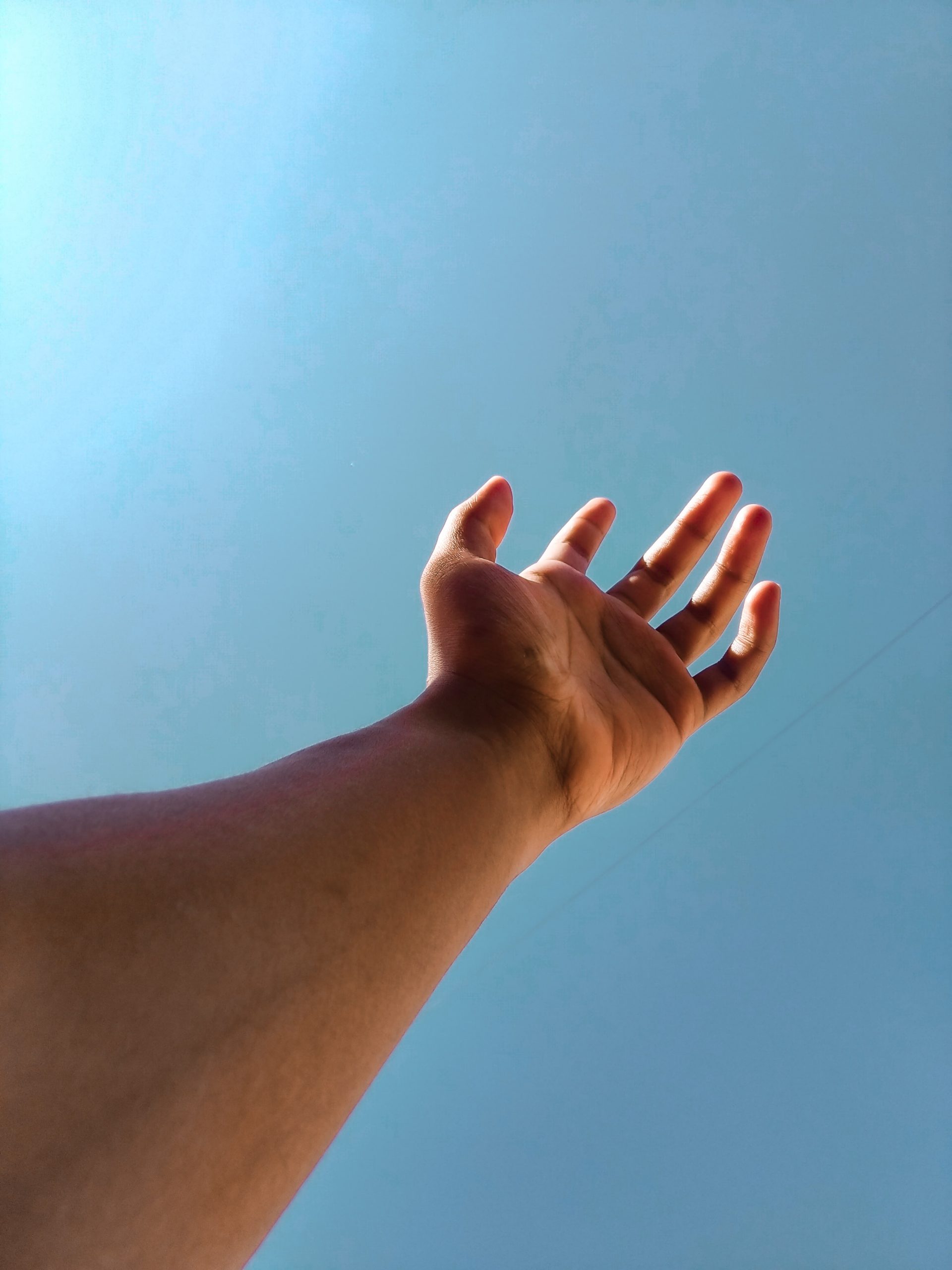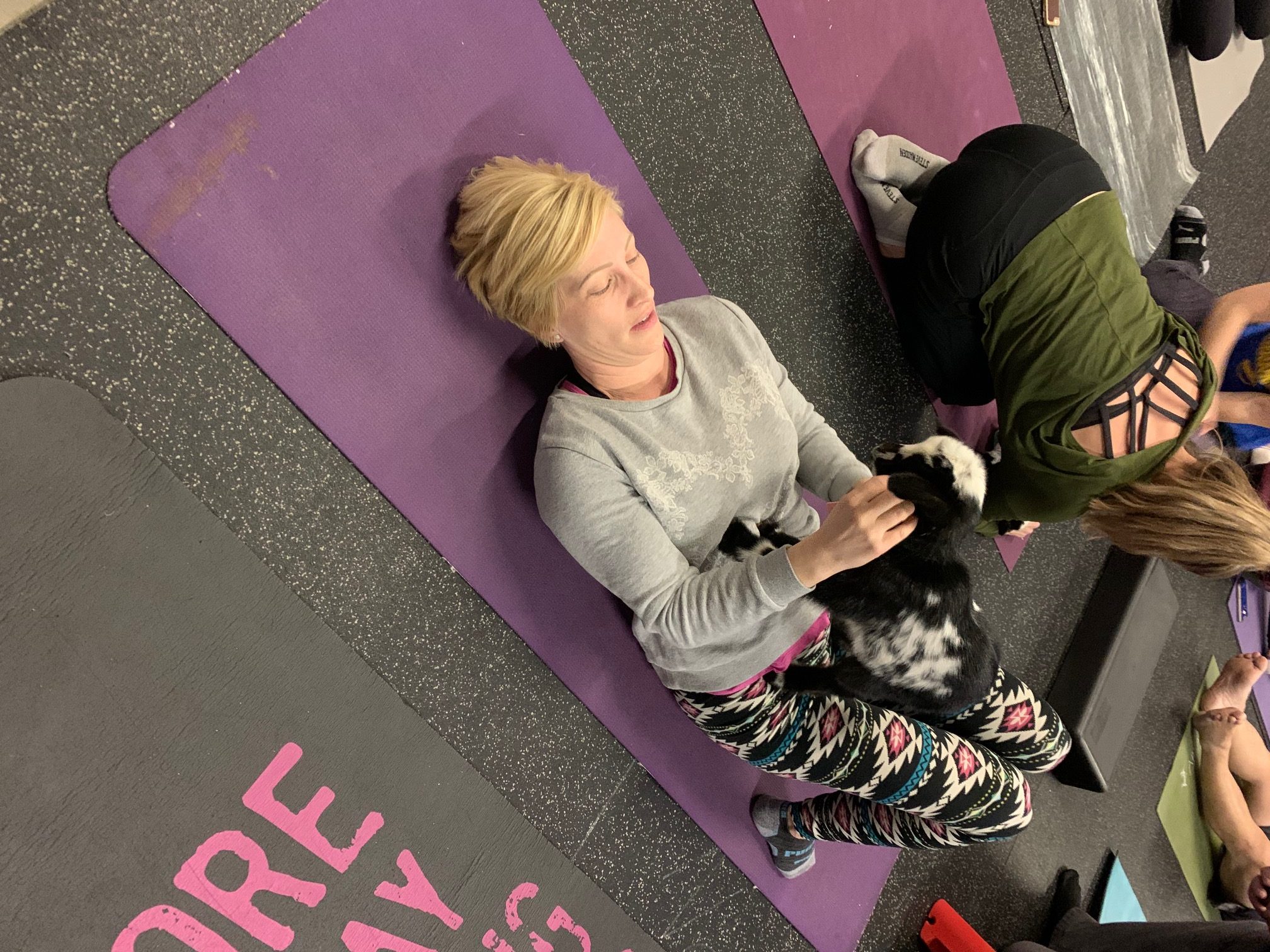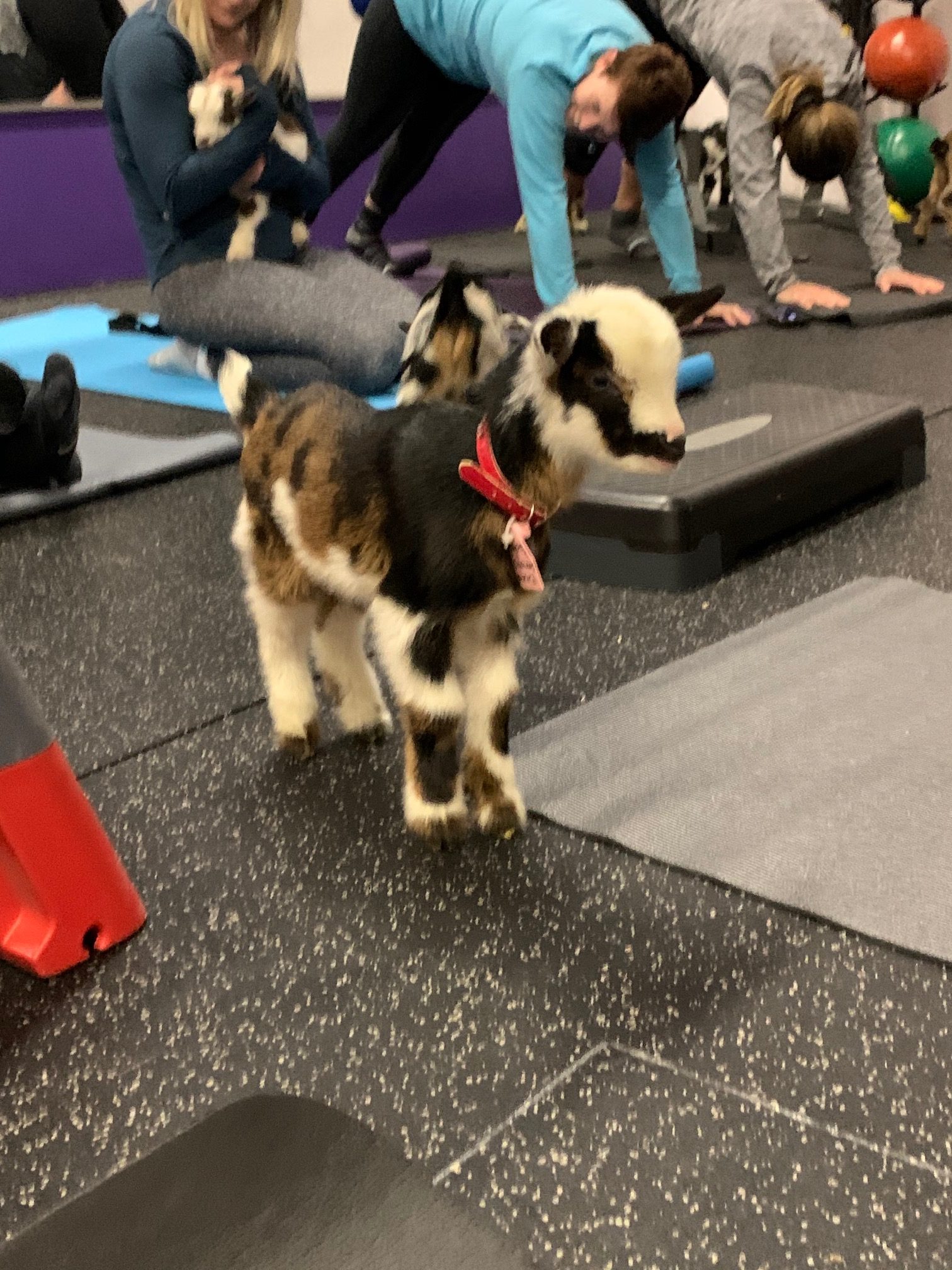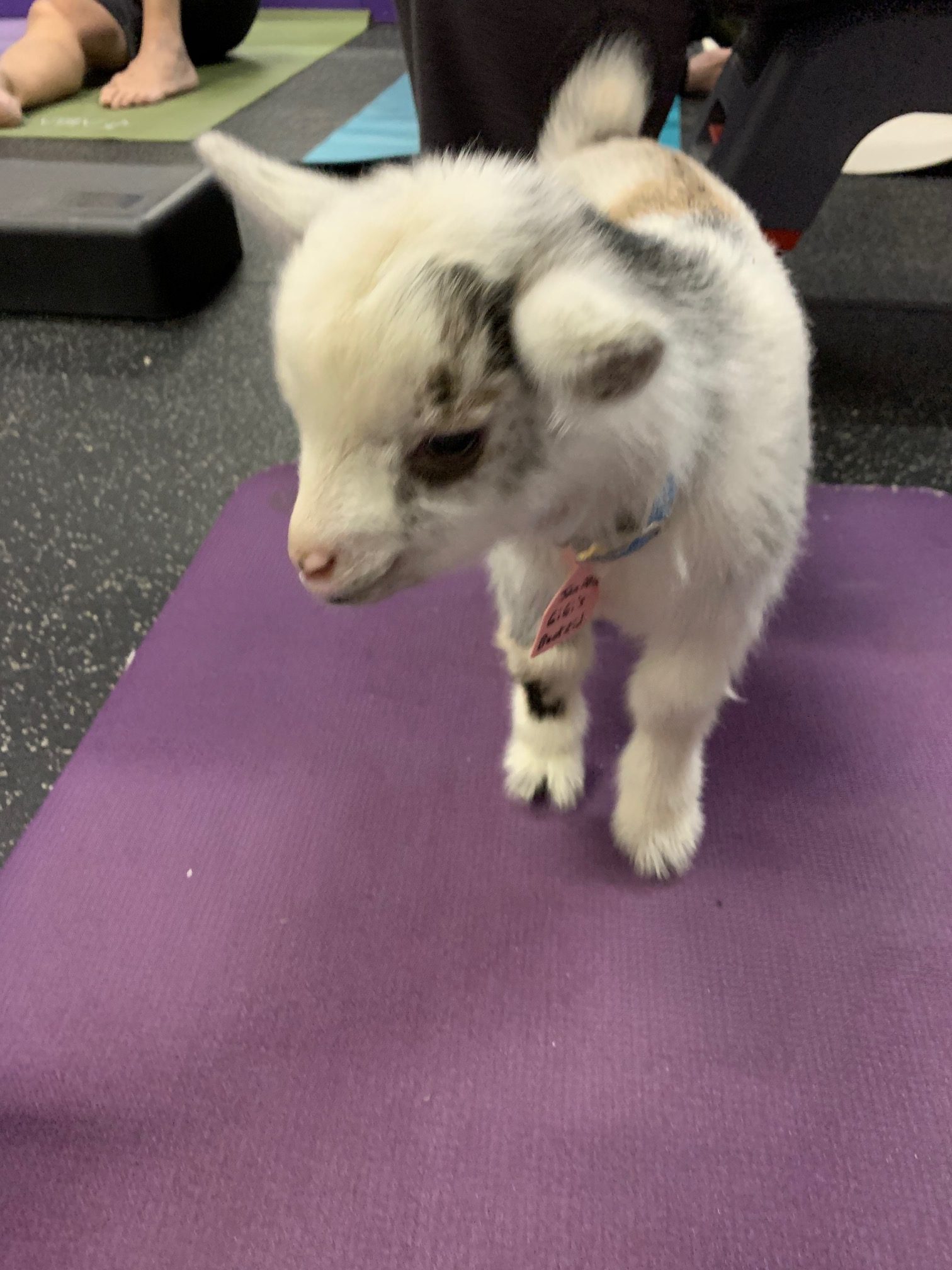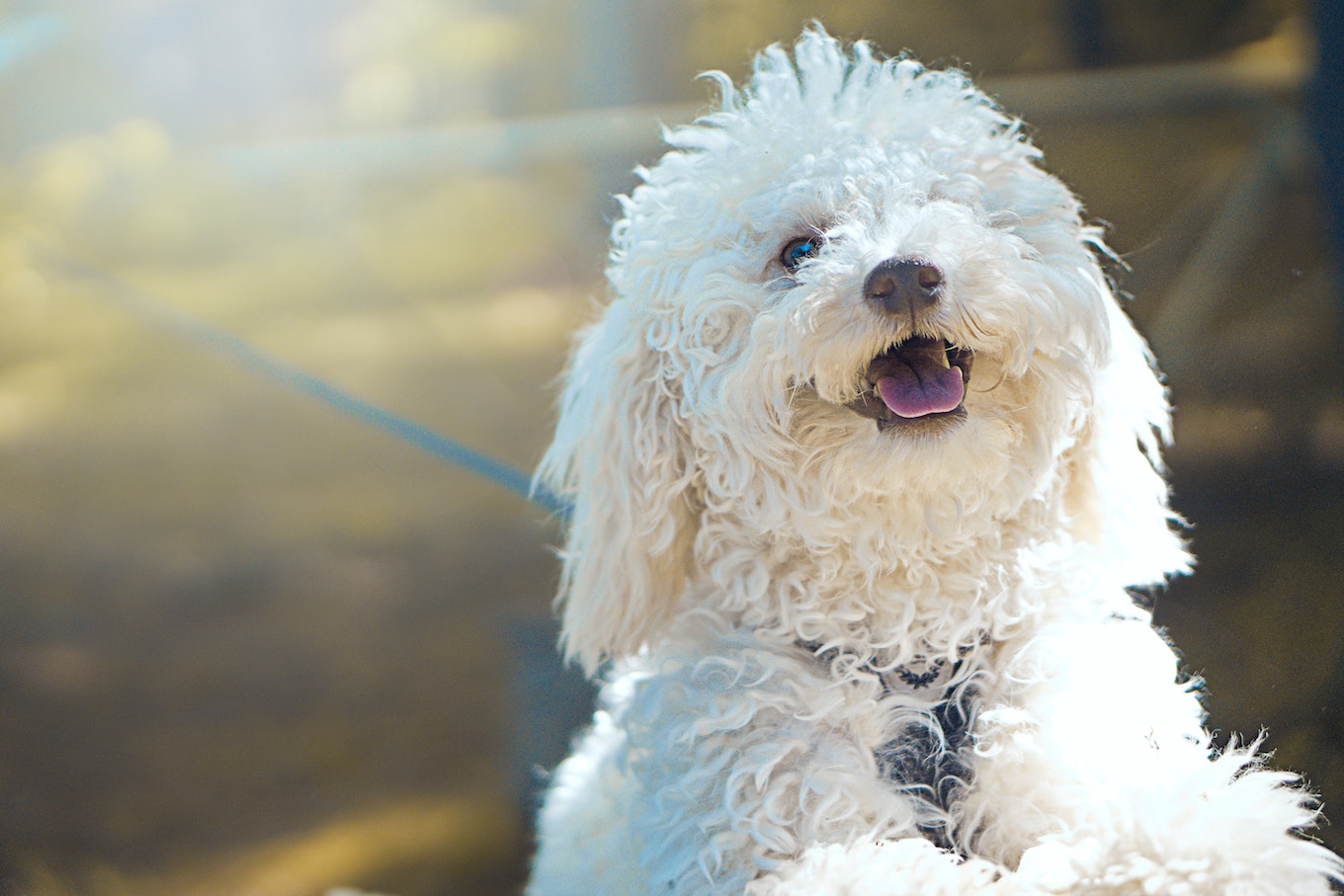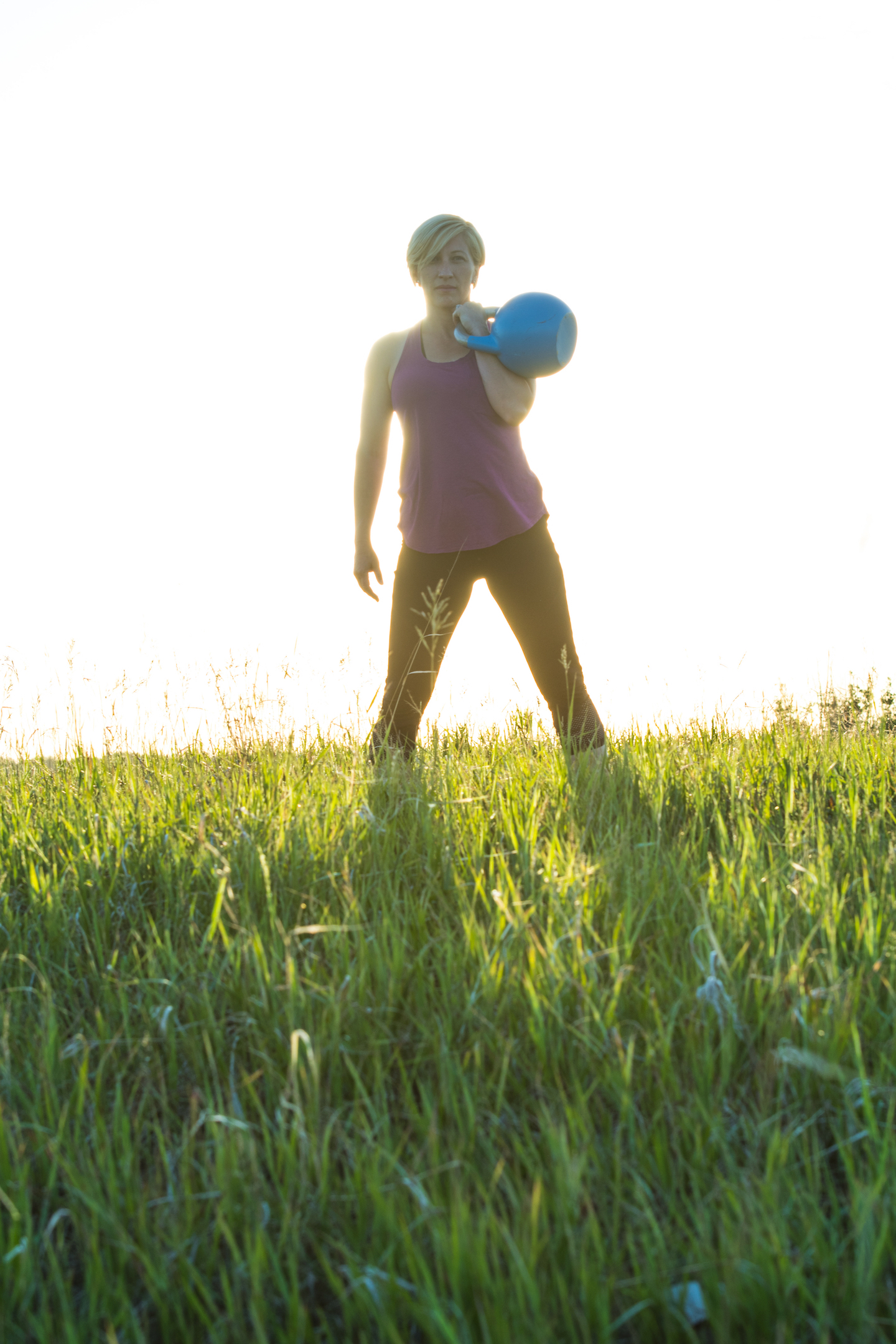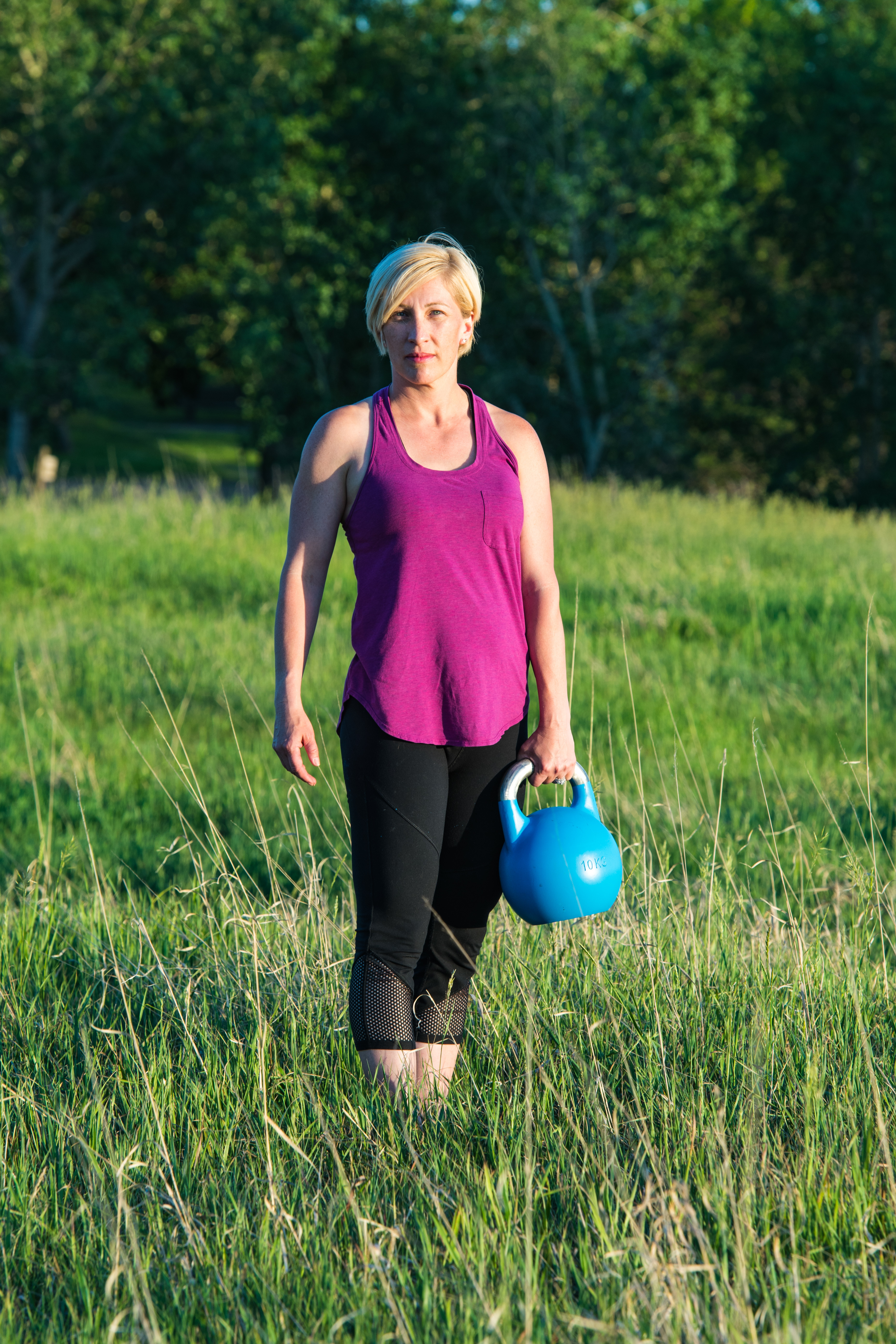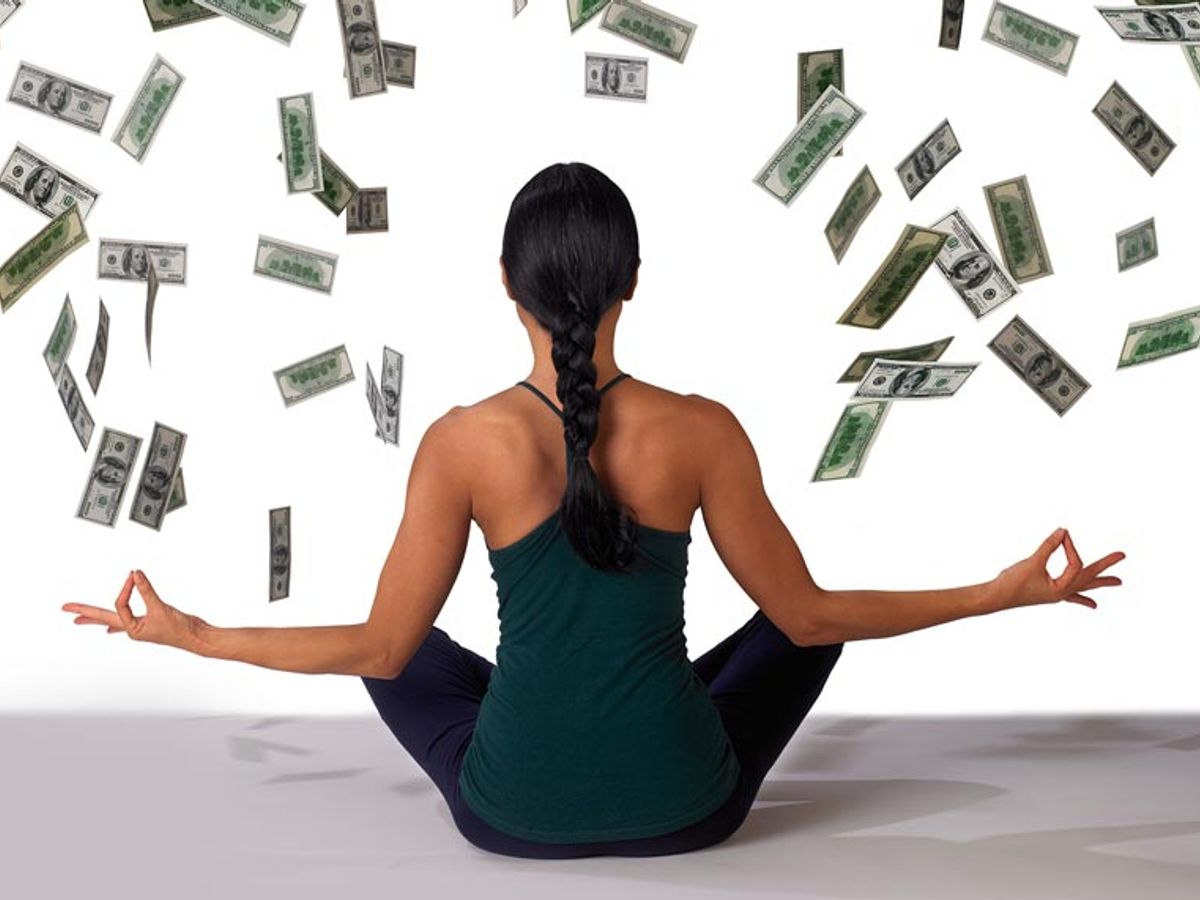 I recently heard the term “yoga industrial complex”. While it might not be new to you, it was to me and it piqued my curiosity. What did this mean? My research led me to question my role as a yoga teacher and practitioner.
I recently heard the term “yoga industrial complex”. While it might not be new to you, it was to me and it piqued my curiosity. What did this mean? My research led me to question my role as a yoga teacher and practitioner.
The western yoga industrial complex is the web of relationships between studio systems, yoga celebrities, certifying agencies and large yoga businesses or industry, including yoga product companies like Lululemon as well as cultural producers like the Yoga Journal.Those who are part of the yoga industrial complex engage in activities that
construct yoga as a professional field as well as produce conceptions of the practice of yoga and representations of who is an “authentic” yogi.
While this yoga industrial complex often claims yoga is “for all bodies,” accessible to all ages and abilities, and welcoming to all individuals, the field continues to be characterized by inequality and exclusion. While demographic information is sparse, data shows yoga users are disproportionately female, white, well-educated, wealthy and young, indicating certain populations are excluded from the practice. Issues of racial and class exclusion are exacerbated by the heavy concentration of yoga studios in wealthy white neighbourhoods, meaning many lower income or non white communities have less access to yoga spaces
Is it still yoga if there is a whole industry based around the practice? Are we actually practicing yoga? The yoga industry in the west consists of expensive clothing, extravagant lifestyles of gurus, and increasingly expensive classes. Are we merely yoga consumers? Uninformed Westerners may stray away from the whole purpose of yoga: inner peace and happiness.
Shreena Gandhi a religious studies professor at Michigan State and Lillie Wolff, co-wrote an article titled, Yoga and the Roots of Cultural Appropriation. They state that Americans who practice yoga are contributing to white supremacy and promote the “yoga industrial complex.”
“Most yoga teachers in America do not learn about Hindu tradition or Indian cultural history. Generally in the United States, people practice the physical aspect of yoga, the postures or asanas, which comprise only one-eighth of the practice as a whole. The physical practice does help many people decrease stress, anxiety, and depression. However, when “Western” yoga teachers train other practitioners to relate to yoga only on a physical level, without exploring the history, roots, complexity, and philosophy, they are perpetuating the re-colonization of it by diluting its true depth and meaning.
Herein lies the invitation for white yoga practitioners to go beyond an unaccountable surface level relationship with yoga to a deeper, more transformative place of practice, awareness, contemplation, and engagement.
The result of this reality is that Western yoga is often represented and marketed in mainstream culture by thin, white, upper middle-class, cisgender, able-bodied women. Another layer to this reality is that white dominant cultural values, such as competitive individualism and either/or binary thinking, further distort and dilute the ancient teachings. Many people compete for the attention, time, and praise of their teachers, who are often treated as celebrities; and many teachers (and practitioners) strive to promote their style or brand of yoga as the best or most superior form of yoga. All of this conspires to create a culture of elitism and is antithetical to the true roots of yoga, which are all about yoking the mind, body, and spirit in order to remember our innate oneness and connection with universal consciousness.”
Yoga was not a practice aimed at physical mastery for its own sake. Nor was it a practice aimed at “stress-reduction” so people can function as better producers and consumers in a capitalist society. We are simply actors within the yoga industrial complex.
Yoga was originally intended to prepare the body as a foundation for unity with the spirit. The limb of asana, aims at strengthening the body. Asana, along with dhyana or meditation, aim to harmonize body with breath in order to attain deeper and deeper states of meditative awareness or samadhi. The purpose of this kind of meditative awareness is to experience, practice, and live oneness of mind, body and soul with the divine. This kind of freedom is called samadhi or liberation.
We need to address the current cultural context where there is a billion-dollar industry profiting off taking yoga out of context, branding and repackaging it for monetary gain.
There wasn’t an author named but the following is from an online article titled, Healing from White Yoga. The writer claimed to have been a former yoga teacher and quit with the following changes (note: I feel this may be too extreme).
“In an attempt to make amends, I have; stopped practicing and teaching this inauthentic western yoga, stopped supporting the western yoga industrial complex financially or otherwise, made (and will continue to make) financial payments to organizations serving Indian and Hindu people, work to educate other western yoga students and teachers, social justice activists, my communities, and the general population about the cultural appropriation of yoga.
I will pay back all the yoga classes, workshops, conferences that I ever attended; all money paid for yoga clothes, mats, accessories, yoga publications etc.; cost of my 200hr and 500hr teacher trainings, cost of a yoga trip to Mexico; Yoga Alliance/IAYT fees; profit from yoga related publications; and, profit from teaching yoga classes, workshops and private sessions. What I stole is what I owe with interest.”
The author went on to list places to make, and not make, financial restitution.
I think it’s great we live in a time where we can be exposed to and experience different cultures. And if other cultures want to explore Western clothes, food, etc. great too. But I have felt for some time that Westerners were bastardizing yoga. Taking a 5,000 year beautiful, proven system and making it a watered-down, competitive show. And we can’t forget that Osho and Bikram came to the west to monetize on their brand of yoga.
Shutting down an industry is impossible. I feel I must practice inwardly and focus on personal improvement while recognizing the core ideals of yoga and meditation; attaining peace. Moving forward I will more consciously and regularly include other aspects of yoga (all limbs, philosophy, history, Sanskrit, etc.) in my teaching and practice. And maybe even look for under-serviced groups. While my conclusion may not be perfect, I feel it’s a start and every change begins with a conversation.
